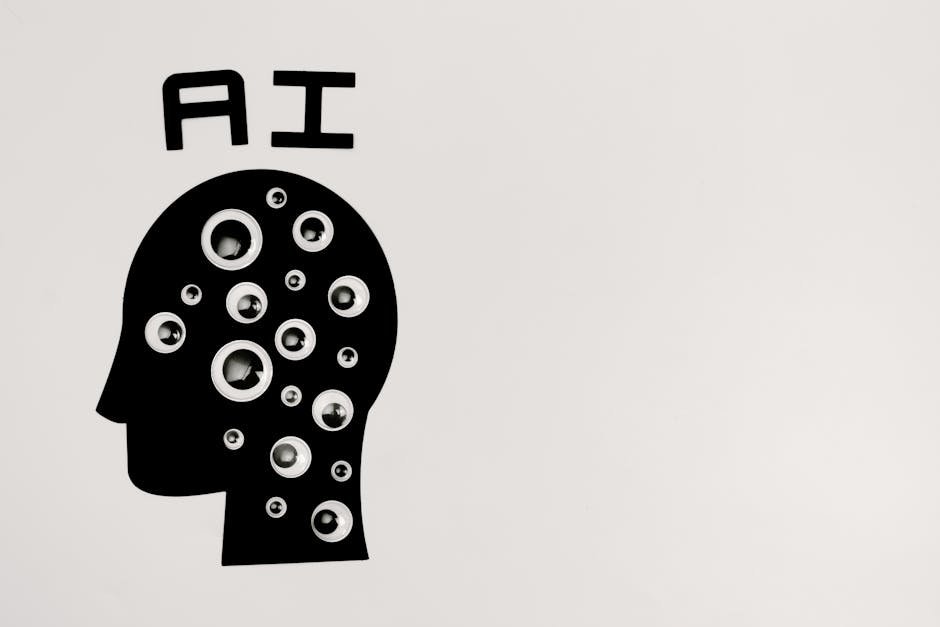Introduction
The AI landscape just took another giant leap with the open-source release of Sesame Voice AI’s latest model—billed as one of the most realistic voice generators ever created. This cutting-edge technology can produce vocal tones and inflections so lifelike that it’s hard to tell the difference between human and machine. The model is live now on Hugging Face for anyone who wants to use it.
You can test it out for yourself at Sesame Research. Simply talk to the model, and experience first-hand how it has nearly crossed the “uncanny valley” of synthetic speech.
Why This Open-Source Release Matters
- Accelerated Innovation
- Developer Freedom: By making the model open source, Sesame Voice AI invites developers, researchers, and enthusiasts around the globe to build upon and refine this groundbreaking voice technology.
- New Use Cases: From assisting people with disabilities (e.g., text-to-speech for visually or vocally impaired individuals) to revolutionizing customer service chatbots, the possibilities are endless.
- Lower Barrier to Entry
- Startup Friendly: Smaller companies can now integrate advanced voice solutions into their products without investing massive resources in research and development.
- Community Collaboration: The open-source community fosters sharing, peer review, and rapid iteration, leading to a faster evolution of the technology.
- Heightened Risks
- Deepfake and Fraud: With hyper-realistic voice cloning, criminals can impersonate CEOs, legal counsel, or private individuals to authorize fraudulent transactions or extract sensitive data.
- Security Threats: Phishing scams could become more persuasive when a scammer can replicate the voice of a trusted contact.
- Legal and Ethical Concerns: As voice deepfakes become more sophisticated, courts and law firms must grapple with how to authenticate audio evidence.
Legal Implications: What Law Firms Need to Know
- Potential for Fraud and Misuse
- Identity Theft: Voice cloning can facilitate unauthorized access to bank accounts, client portals, or confidential records if a firm relies on voice-verification systems.
- Evidence Integrity: Authenticity is paramount in legal proceedings. Voice recordings have historically been strong evidence, but the line between genuine audio and AI-generated fakes is blurring.
- Risk Mitigation Strategies
- Enhanced Verification Processes: Law firms may need multi-factor authentication (e.g., requiring secondary PINs, email confirmations, or face-to-face video calls) to verify identity in critical communications.
- Education and Training: Lawyers, paralegals, and support staff should be trained to recognize suspicious calls and be aware of how AI voice fakes can be used to manipulate them.
- Adopting Detection Tools: Emerging AI-driven “deepfake detection” services can help identify whether audio has been manipulated or generated.
- Regulatory and Compliance Issues
- Data Protection: Firms handling client data are responsible for preventing unauthorized disclosure. Voice impersonations introduce a new threat vector.
- Ethical Considerations: Bar associations and legal ethics boards may soon issue guidelines on the permissible use of AI-generated voice technology within the practice of law.
Preparing for the Future
- Stay Informed: Keep an eye on industry developments, legal precedent, and regulatory frameworks evolving around AI voice technology.
- Implement a Response Plan: Just as firms created cybersecurity protocols for email phishing, they must now devise procedures for verifying voice communications.
- Collaborate with Technology Providers: Work with AI vendors who prioritize security and detection features to combat potential misuse of open-source voice models.
Conclusion
The open-source release of Sesame Voice AI’s model marks a pivotal moment in the evolution of synthetic voice technology—one that promises to drive remarkable creativity, accessibility, and efficiency. Yet it also opens the door to significant risks, from voice-based fraud to the manipulation of audio evidence in legal contexts.
As the legal industry rapidly adapts to these realities, proactive measures—ranging from internal training to robust authentication systems—will be critical to maintaining trust and upholding ethical standards. Now is the time for law firms and corporate legal teams to take stock of their security measures and prepare for a future where AI-powered voice is both a transformative tool and a potent threat.

